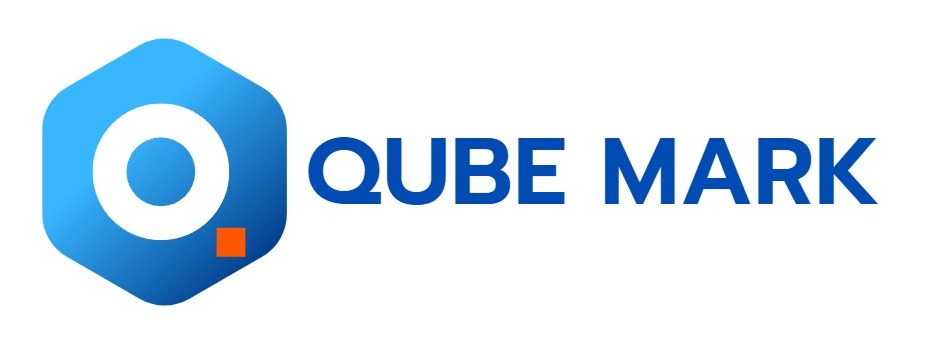BOSTON, June 2, 2025 -- The global private equity upturn which was taking shape last year and extended into a relatively upbeat first quarter of 2025 is weakening as dealmaking and exits are hit by market and economic headwinds triggered by recent turmoil over tariffs, Bain & Company concludes in its 2025 Private Equity Midyear Report.
The full impact from tariff turbulence on PE dealmaking is not yet clear, given lead times for deals to come to fruition. But early signs of a slowdown into the second quarter are exacerbating existing pressures on the industry to improve liquidity by accelerating exits, to distribute funds, and to source fresh capital, Bain finds.
Indications of slowing buyout activity emerged in April with deal value 24% below the monthly average for Q1, and deal count down 22%, while the slowdown in dealmaking was mirrored on the exit side, notably by the effective shutdown of the IPO channel for exits, with offerings postponed or cancelled, Bain reports.
These signs of weakness were in sharp contrast to previously optimistic first quarter trends pointing to a strong 12 months of dealmaking ahead, with credit markets open, falling debt costs, inflation under control and interest rates being reduced. Deal value in Q1, at $189 billion, was the highest since the second quarter of 2022, and around double the $95 billion seen in Q1 2024, while global buyout deal count was broadly in line with the 2024 trend.
The emerging weakness evident in Q2 is a direct consequence of the uncertainty injected into PE players' long-term models by tariff volatility, just as investors' confidence was beginning to return, Bain's analysis says. But while it finds that constraints on PE dealmaking are likely to persist in the short-term, it also urges that successful PE firms should seize key opportunities amid the present uncertainties. It highlights continuing pressure for general partners (GPs) to do deals, with $1.2 trillion of available dry powder waiting to be invested by buyout funds – almost a quarter of which has been available for four years or more, making its deployment even more urgent.
"There's nothing fundamentally broken in the market. Buyers and sellers can still transact – and history shows that strategic buyers with a strong M&A agenda remain active in turbulent times. In any disruption there are winners and losers – and the best opportunities often come at the most extreme moments of uncertainty, something that's still true in 2025," Hugh MacArthur, chairman of the global Private Equity practice at Bain & Company, said. "It's not a foregone conclusion that 2025 will be a bad year. If the tariff uncertainty dissipates, momentum could return more quickly than many might imagine. Winning players will be poised to grasp emerging exit opportunities. And they will also anticipate what might come to the market – and form a clear view of what they want to own."
Bain's report underscores the critical role of a proactive approach to deals, alongside rigorous due diligence, for successful PE players to capitalize on persistently volatile conditions in the market.
"Whatever turns lie ahead, PE firms must excel at creative dealmaking, due diligence and value creation to make the most of the best opportunities that will flow out of today's uncertainty," Rebecca Burack, global head of Bain & Company's Private Equity practice, said. "That doesn't mean just pinpointing the short-term effects of tariffs on a company's demand, competitiveness and margins. Tomorrow's winners will be the firms that can also accurately gauge the long-term ability of portfolio companies to adjust to, and operate in, the new, post-global era. The winners in these conditions will also be those firms that operate on the front foot. When wait-and see is the default mode, it pays to be a catalyst. And with no end to the turbulence in sight, leaning into it is likely the best option."
Liquidity persists as a critical issue
The second quarter slowdown in dealmaking is set to worsen an already critical issue for the PE industry over the lack of liquidity. A continuing logjam on PE exits leaves GPs sitting on unsold and aging portfolio companies, limiting their ability to return capital to limited partner (LP) investors and hampering fresh fund-raising.
Bain's report highlights how recent fund-raising vintages are consistently lagging the industry's historical benchmarks for returning capital to LPs. In the face of this, LPs are also increasingly dissatisfied with the use of partial or minority exits, and are increasingly pushing for traditional, full realizations despite the headwinds confronted by such transactions, Bain notes. It points to LPs increasing use of the secondaries market to realize cash or rebalance their portfolios. But it cautions that, despite strong growth momentum, the secondaries market is far from mature enough to solve PE's broader liquidity needs, amounting to under 5% of PE assets under management globally.
Fund-raising challenges mounting
Fund-raising by PE remains a further key area of challenge for the industry, despite strength in some categories, such as secondaries and infrastructure. Global buyout fundraising has fallen for five consecutive quarters and may only narrowly avoid a sixth quarter of decline in Q2, Bain reports. Q1 this year was the first quarter in a decade in which no buyout fund over $5 billion closed – a pointed illustration of two recent trends: a decline in the average size of funds raised and a drop in the number of funds closing.
Bain suggests that while this downtrend in buyout fundraising may now be bottoming out, the outlook for this remains challenged, with investors closely monitoring allocations given weak distributions by GPs. Hope for a recovery in inflows of fresh capital to the industry is now likely to have been pushed out to 2026, the report concludes.
With more than 18,000 private capital funds on the road seeking a collective $3.3 trillion in capital, Bain notes that there is some $3 of demand for capital for every $1 of current capital supply. Whether the emergence of private wealth as a funding source can ease that mismatch remains to be seen, the report adds. Against this backdrop, and amid the present geopolitical flux, Bain sees little doubt that broad shifts in the PE industry are underway as investors rethink their exposures across asset classes and geographies. In this context, the report concludes that GPs will need to probe their assumptions about where future capital will come from and continue the industry's move away from informal fund-raising to a more systemic approach.
Navigating uncertainty
While Bain observes that the volatility of recent months makes mid-year predictions more difficult than usual, it concludes that the PE industry needs to accept a changed world in which a fundamental reordering of global trade patterns and geopolitics is underway. It concludes that, in this context, almost all portfolio companies will need to rethink how they do business, while the assumptions that underpinned their strategies at the start of this year may now be obsolete.
In the less benign environment that has emerged, Bain argues that, in order to expand valuation multiples, PE firms will now need to prioritize improving the earnings of portfolio businesses through a mix of cost control and sales acceleration. Even if cost programs have been run recently at portfolio companies, the report advises that managements look to generative AI, which is enabling productivity measures which were not possible just a few quarters ago. Operating leverage will be increasingly important to ensure revenue growth leads to stronger margins, it adds.
At the same time, Bain counsels that GPs may need to refresh or extend value-creation plans for their portfolio businesses to convince buyers there are new chapters of growth ahead for these companies. Clear evidence of EBITDA growth which shows real progress, will be essential to make that narrative convincing, it says.
This News is brought to you by Qube Mark, your trusted source for the latest updates and insights in marketing technology. Stay tuned for more groundbreaking innovations in the world of technology.









